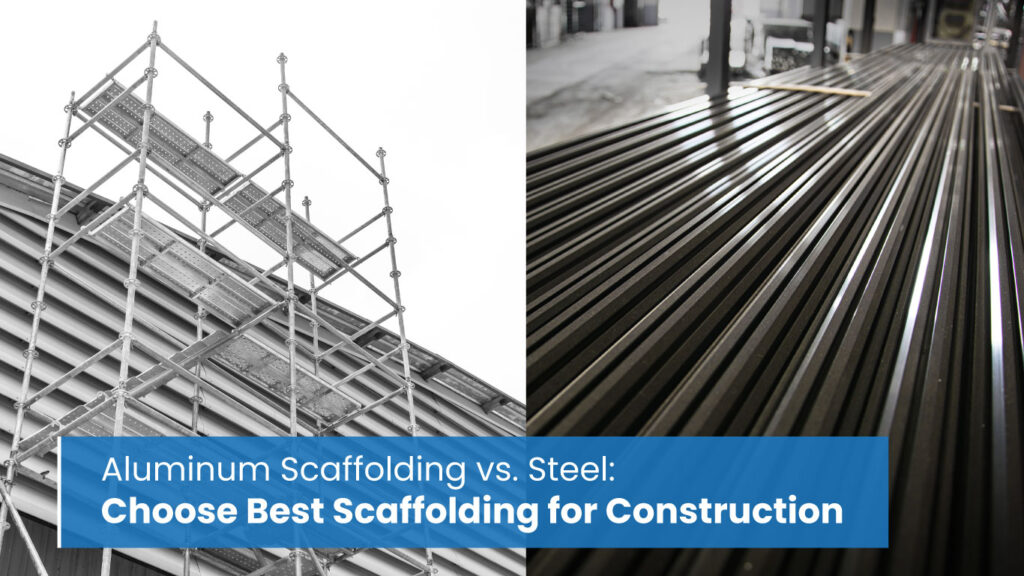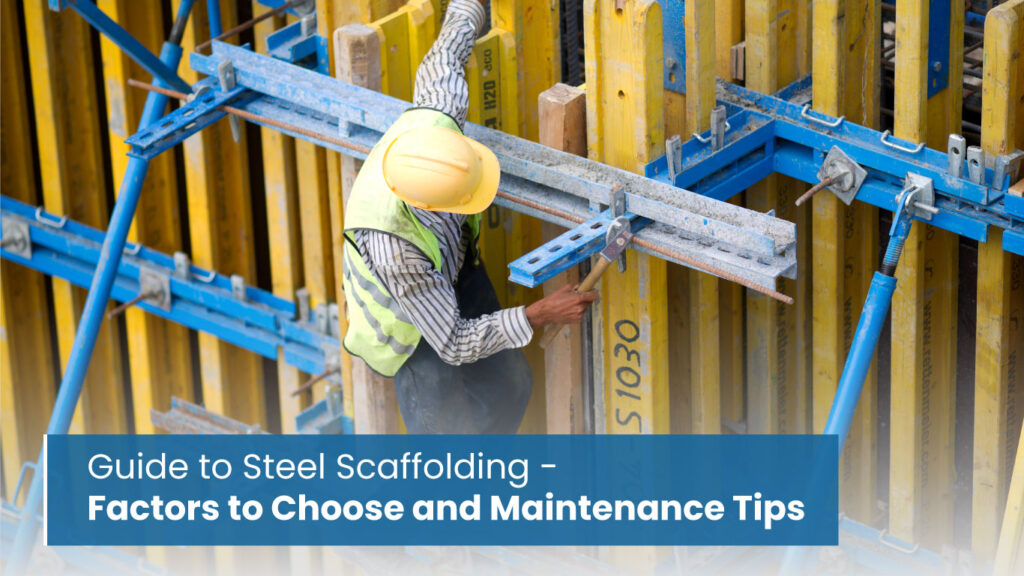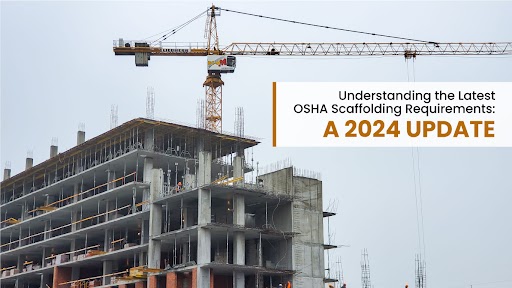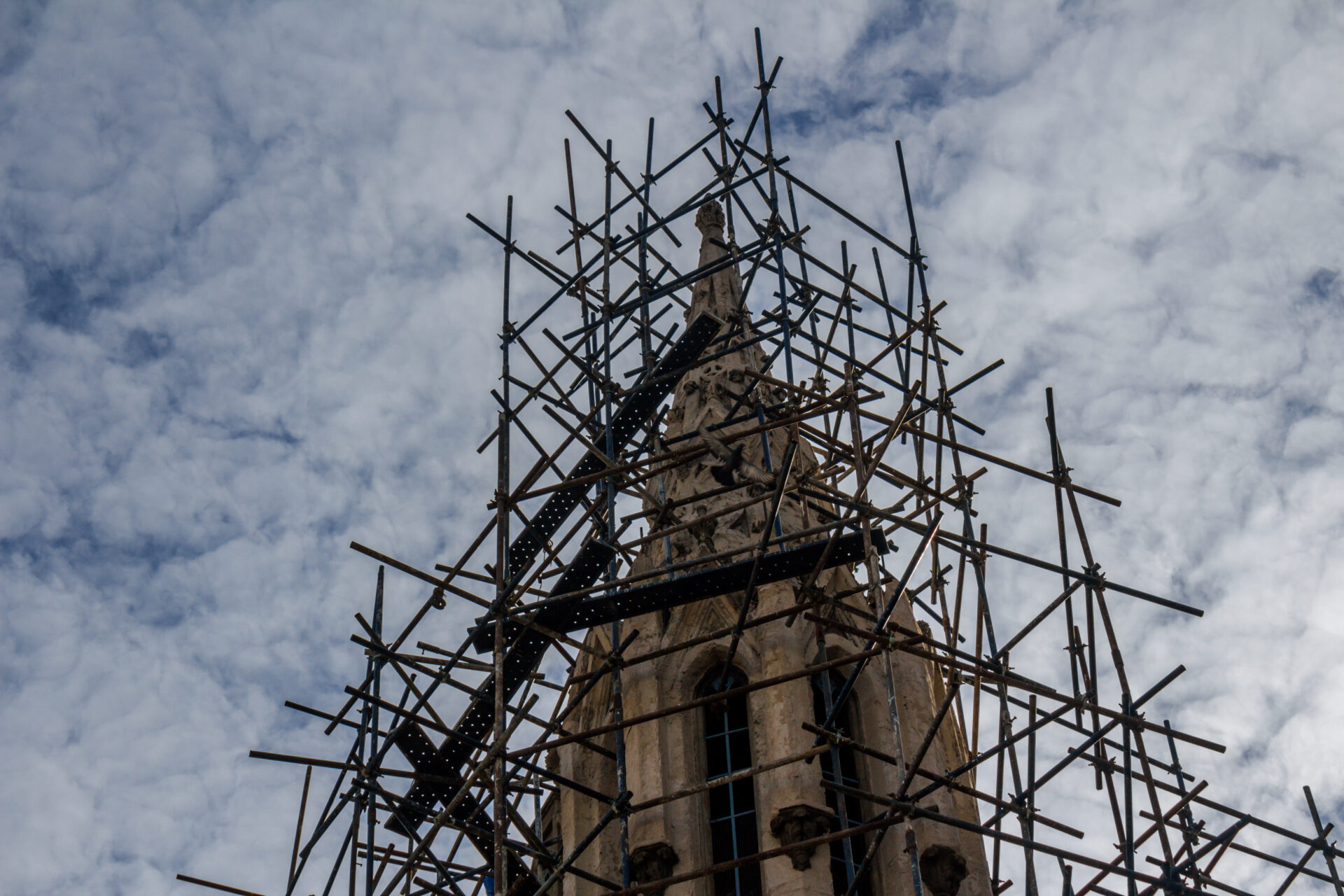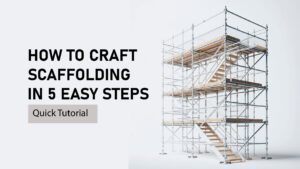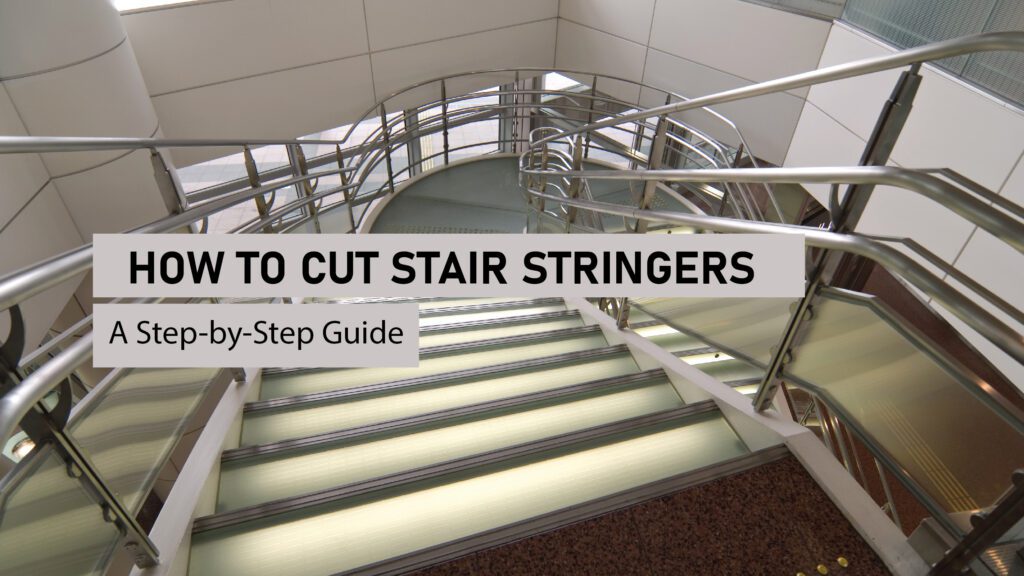Why Aluminum Scaffolding Excels Over Steel in Construction?
In construction, picking the right scaffolding material is super important. It can make a big difference in how well the job goes and how safe it is. Steel has traditionally been the preferred material for scaffolding, but aluminum scaffolding is gaining popularity due to its numerous advantages. Let’s talk about why aluminum scaffolding is often better than steel for construction projects.
Key properties of aluminum scaffolding that make it suitable for construction
- Lightweight: It’s much lighter than steel scaffolding, so it’s easier to move around and set up. That means less risk of getting hurt while working with it.
- Strong: Even though it’s lightweight, aluminum scaffolding can hold heavy stuff, making it ideal for jobs like painting or fixing things up.
- Resistant to Rust: Aluminum doesn’t easily rust like steel does, so it lasts longer, even if it’s used outside or gets wet.
- Durable: Its toughness allows it to withstand a beating without denting or scratching, ensuring its strength over time.
- Flexible: You can change it up to fit different jobs since it comes in different sizes and shapes.
- Easy to Put Together: You don’t need any special tools or skills to quickly set it up.
- Safe: Safety is super important, and aluminum scaffolding helps by being light and strong, so there’s less chance of accidents.
- Portable: Since it’s light, you can easily take it apart and move it to a new spot, saving time and energy.
So, because it’s strong, durable, lightweight, and doesn’t rust easily, aluminum scaffolding is a great choice for all kinds of construction work.
Comparative Analysis: Aluminum vs. Steel Scaffolding
| Feature | Aluminum Scaffolding | Steel Scaffolding |
|---|---|---|
| Material | Aluminum | Steel |
| Strength and Durability | Less strong, but durable enough | Stronger and highly durable |
| Weight | Lightweight | Heavier |
| Corrosion Resistance | Good, naturally forms protective oxide layer | Requires additional treatment (e.g., galvanizing) |
| Cost | Generally more expensive upfront, but may be cheaper in the long run due to lower transportation and maintenance costs | Lower upfront cost, but may have higher maintenance costs and heavier transportation expenses |
Aluminum scaffolding safety features are super important for keeping everyone safe at construction sites.
Real-world Applications of Aluminum Scaffolding
Aluminum scaffolding systems are really popular in lots of different industries because it’s light, tough, and can be used in many ways. Here are some examples:
- Construction: Builders use aluminum scaffolding a lot. It helps workers reach high places safely when they’re building, fixing, or painting buildings.
- Maintenance and Repairs: It’s also handy for fixing things in factories, shops, and homes. Whether it’s painting walls, cleaning windows, or fixing air conditioners, aluminum scaffolding gives workers a sturdy platform to work from.
- Events: Ever been to a concert or a sports game? Aluminum scaffolding is often used to set up stages, lights, and sound systems for big events.
- Film and TV: In the movies, they use aluminum scaffolding to build sets and hold up cameras and lights.
- Warehouses: Aluminum scaffolding helps workers in big warehouses reach high shelves safely to stack and organize stuff.
Overall, aluminum scaffolding for construction is a great tool because it helps people work safely at heights in lots of different jobs.
When considering construction materials for scaffolding, Aluminum vs. steel scaffolding comparison becomes pivotal.
Overcoming Challenges with Aluminum Scaffolding
Aluminum scaffolding has lots of good points, like being light, strong, and easy to put together. But it also has some problems. Here are some common ones and how to deal with them:
Stability
Sometimes, aluminum scaffolding isn’t as stable as steel scaffolding, especially in windy places or when it’s tall. To make it more stable, make sure to anchor it properly and follow the instructions from the manufacturer. You can also use things called stabilizers or outriggers to make the bottom wider and stop it from tipping over.
Strength
Aluminum is light, but it might not be as strong as steel, especially if you’re using it for really heavy jobs. If you’re doing something big, like building or fixing things, make sure the aluminum scaffolding can handle the weight. Follow the guidelines and make sure it’s put together right to spread out the weight.
Putting it together and taking it apart
Aluminum scaffolding is usually easier to put together than steel scaffolding, but if you do it wrong, it can be dangerous. Follow the instructions carefully and train people properly. Check it often to make sure nothing’s loose or broken.
Cost
At first, aluminum scaffolding might seem expensive compared to other types, like steel or wood. But because it’s light, it can save you money on things like transporting it, paying workers, and putting it together quickly. Plus, it lasts a long time and doesn’t need much maintenance. In the Aluminum vs. steel scaffolding comparison, cost considerations also come into play.
By dealing with these problems early on and making sure everything’s safe and well-maintained, aluminum scaffolding can be a great choice for building, fixing, and renovating things.
Conclusion
Aluminum scaffolding beats steel in construction because it’s light but tough. It’s easy to move around, can handle heavy stuff, doesn’t rust, and lasts long in tough conditions. Even though steel is stronger, aluminum is more flexible, easy to put together, and better for the environment, balancing out the starting price. Challenges like stability worries and weight limits are solved by securing it properly, adding stabilizers, following rules, and keeping it in good shape. So, aluminum scaffolding is the better pick for safer, cheaper, and eco-friendly building work.
So, next time you’re on a construction site, remember to give a shout-out to those trusty aluminum scaffolding safety features.
Why buy aluminum scaffolding from AAIT Scaffold for their next project
When you’re thinking about using aluminum scaffolding from the best scaffolding supplier for your next project, AAIT Scaffold could bring you a bunch of benefits:
- Durability
- Lightweight
- Safety
- Versatility
- Cost-effectiveness
- Customer support
So, getting aluminum scaffolding from AAIT Scaffold could give you strong, safe, flexible, and supportive equipment to get your construction or maintenance work done right.
Scaffold distributors in the USA often work closely with manufacturers to source top-quality products and stay updated with the latest safety regulations and industry trends.











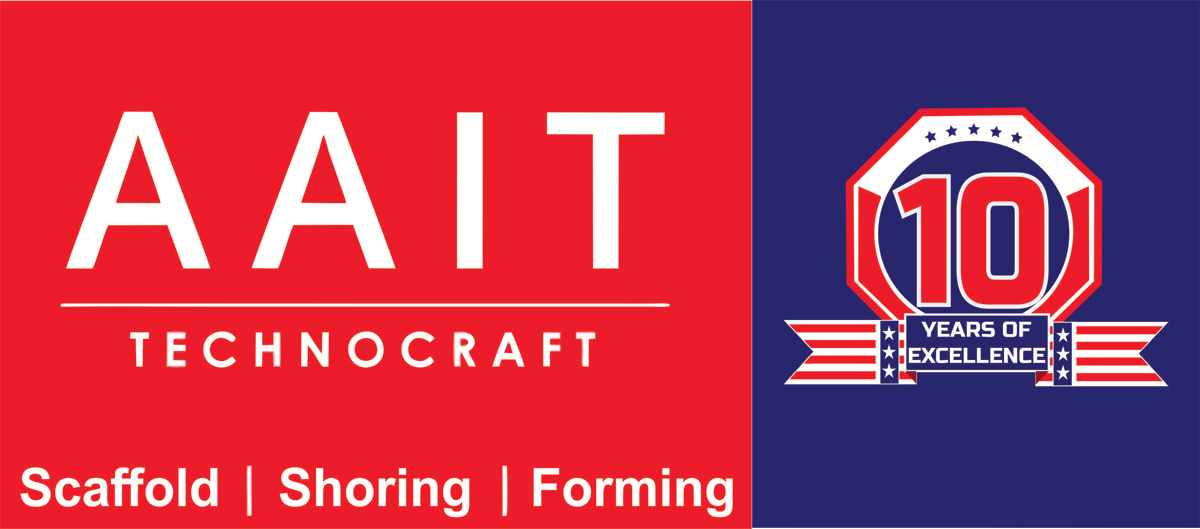
 Download
Download